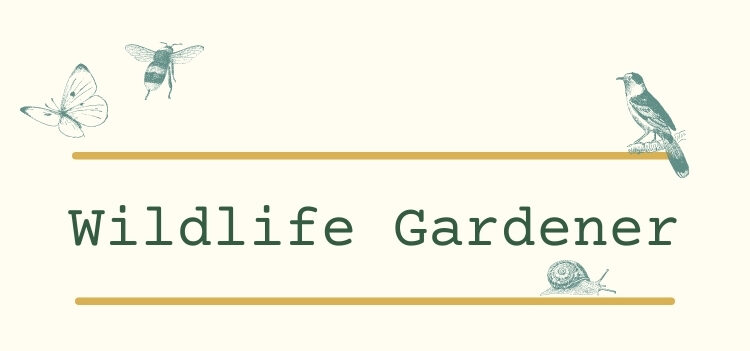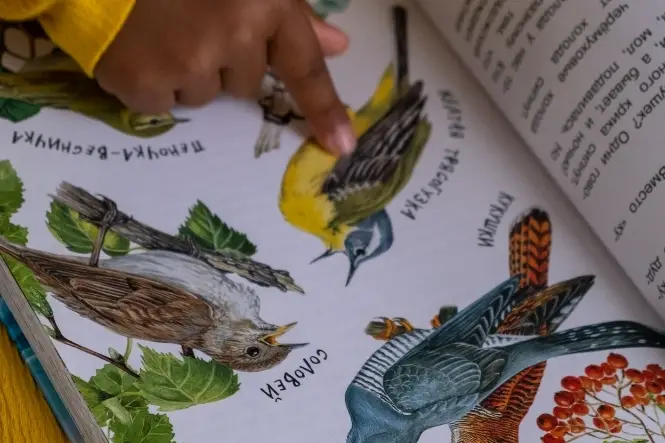You have photographed a Woodcock or Scolopax rusticola to give it its scientific name. An impressive bird, it’s the largest member of the Snipe family and although it shares the same general appearance and habits as its relatives, its larger size, more rounded wings and generally more “portly” silhouette means that it is unlikely to be confused for any of its smaller kin.
Principally found away from the coast, and typically in moist woodlands or marshy areas, Woodcocks do enter gardens from time to time in their quest for edible invertebrates hiding in the soil – which is why they have that impressive beak. This one may possibly have come to visit for a spot of bug hunting – though they generally prefer to feed in the evening and at night-time.
Solitary and Secretive
Woodcocks are almost entirely solitary and getting a picture of one at all is quite a feat, since they are naturally secretive and although that mottled brown plumage shows up well against your grass, in their natural habitat their “dead-leaf” camouflage is pretty near perfect. Couple this with their almost uncanny ability to sit really still and they become almost invisible in the dappled shade of the woodland floor.
During the breeding season the males show off in slow display flights – known as “roding” – to attract females and often accompany their aerobatics with a soft croaking song, interspersed with a noise that can really only best be described as sounding like a high-pitched sneeze. Somehow it seems far more evocative when you hear it in the woods at dawn or dusk than when you try to describe it on paper – and in any case the females seem to find it irresistible! If your visitor was a local male living in your area, you may hear this for yourself come the spring, or see him roding in the hopes of impressing the ladies.
Status In Britain
Most of the Woodcocks in Britain are full-time residents, but there is a possibility that your bird could be a Russian or Finnish visitor, since a number do make the journey over here in the autumn to spend the winter in the UK, where it’s milder than back home.
According to the RSPB, over recent years the British breeding population of Woodcocks has been falling, possibly through habitat loss and they estimate that there are between 5,400 and 13,700 breeding pairs in the UK.
The Woodcock is on the RSPB “amber” list, and is officially described as having “unfavourable conservation status in Europe,” so you’ve certainly seen – and photographed – something rather special. I hope your new visitor comes back so you can get the chance to take some more, so keep your camera ready and good luck!

